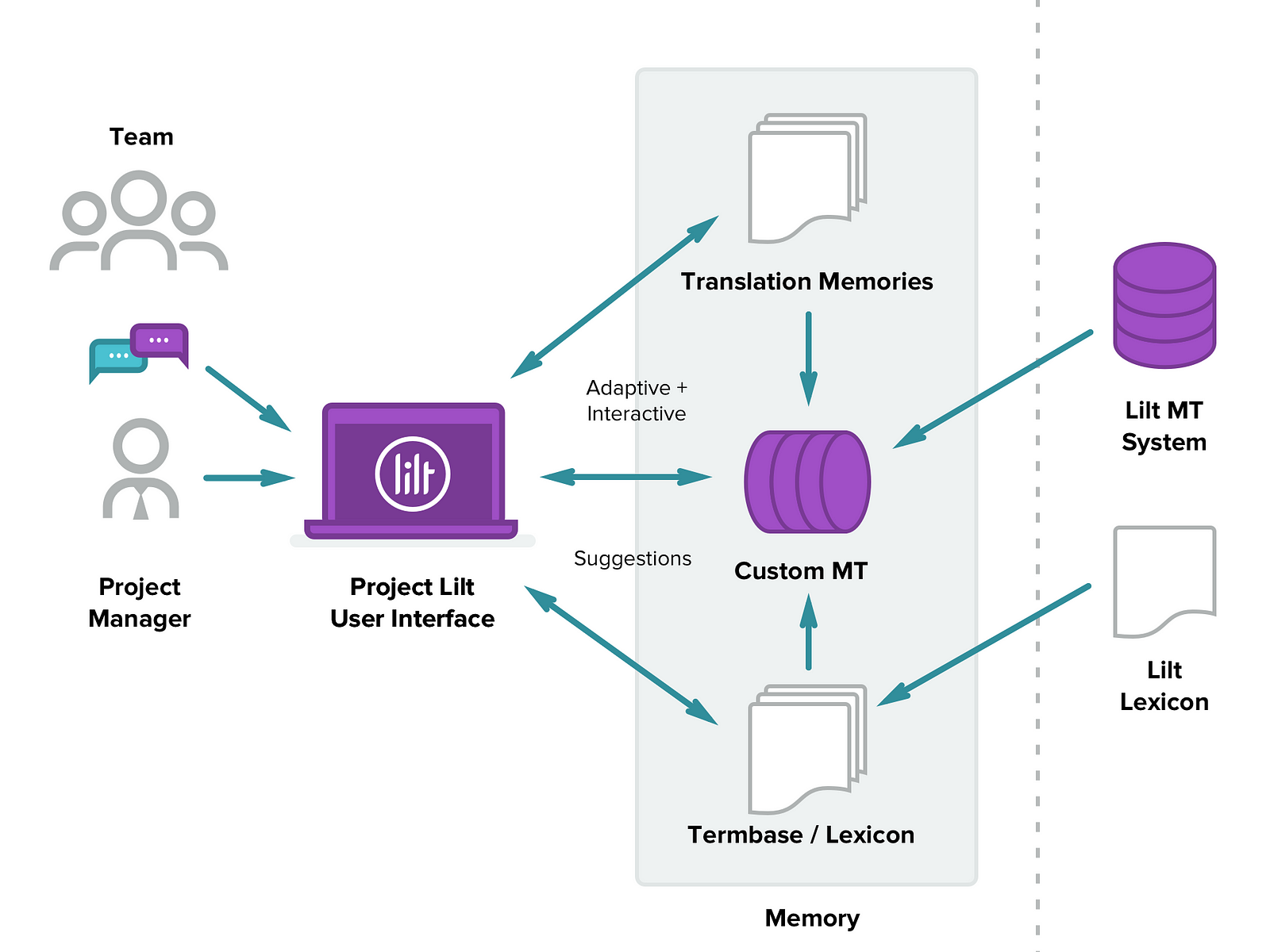Best Ways to Localize Product Content for Your Global Markets


Every global customer is now online and searching — which means that almost every product and service is also online. So, in order to stand out from the noise, it's important for companies to have a global experience strategy that considers how to make all touchpoints, including your product, multilingual.
Why is it important to do? When it comes to the competition, localizing your product content is one of the best ways to educate global customers on your offering, how it works, and why it’s different from your competitors. In fact, 56% of customers say having product information in their native language is more important than price at the purchasing stage.
In this blog, we’ll be discussing the best ways to localize your content to reach and engage with your global markets.
Best Practices for Product Content Localization
Product content is any text, imagery, or information that helps customers understand what you're offering. A thoughtful global experience that includes product content strategy makes sure that global customers are well-informed and able to engage with your product or service. Here are five best practices to keep in mind when localizing all product-related content:
-
Include product content as a strategic part of the global experience earlier
-
Research the target market’s buyer persona
-
Perfect the content in its original language first
-
Identify international SEO before you get started
-
Prepare a content toolkit for translators
Include product content as a strategic part of the global experience earlier
One of the biggest challenges that global experience teams face is that, in many organizations, localization is the last step of the content process. As a result, content isn’t created with global experience in mind and often fails to consider every target market and its linguistic and cultural nuances. Bringing in localization much earlier on in the process ensures that all potential customers can engage with your product content.
Research the target market’s buyer persona
As a global company, your team should tailor product content and types, such as product descriptions, product photos, and video demos, to the local buyer persona. What forms of product content do they prefer? What are the expectations for visual style and brand voice? For some countries, certain visuals used in product photos may not be as relatable or understandable as it would in its native market (like using tropical scenes for a colder market with no beaches).
Perfect the content in its original language first
In order to ensure that your translated product content is accurate, make sure your product content contains all of the necessary information, details, and messaging in its original language first. Preventing any easy translation errors and inaccuracies will help you save time and money in the long run.
Identify international SEO before you get started
What are your global customers looking for? Research market-specific keywords and terminology to make sure your product content is valuable and relevant to potential consumers. Understanding the target market’s keywords will help you optimize your product content’s reach and engagement.
Prepare a content toolkit for translators
A product content toolkit ensures that you are able to build a cohesive global experience in all of your markets. This might be a style guide or glossary that details specific verbiage, branding, or metric/currency conversions. The more in-depth and comprehensive your toolkits are, the easier it is for your linguists to translate your product content accurately and efficiently.
• • •
Ready to elevate your product or service with an engaging global experience strategy? Reach out to Lilt for a personalized consultation.


